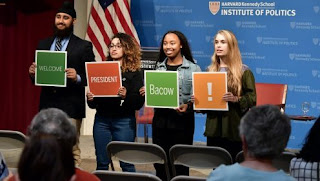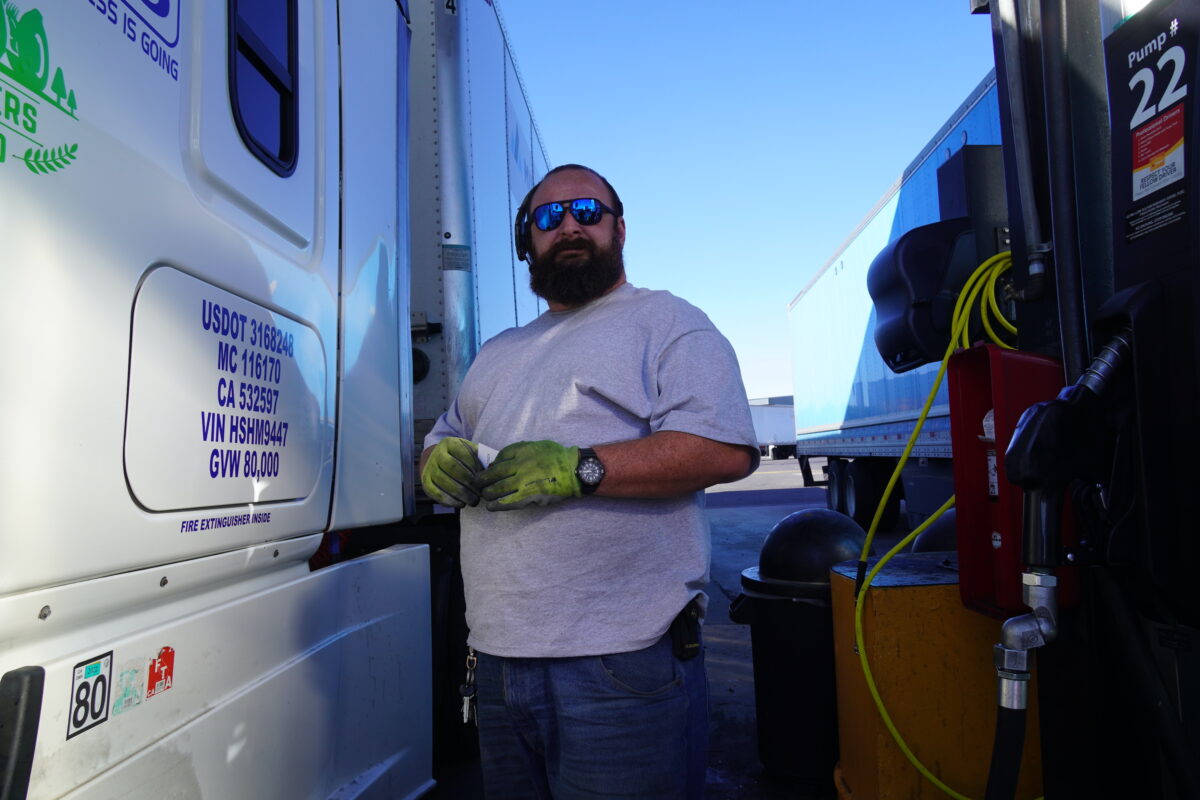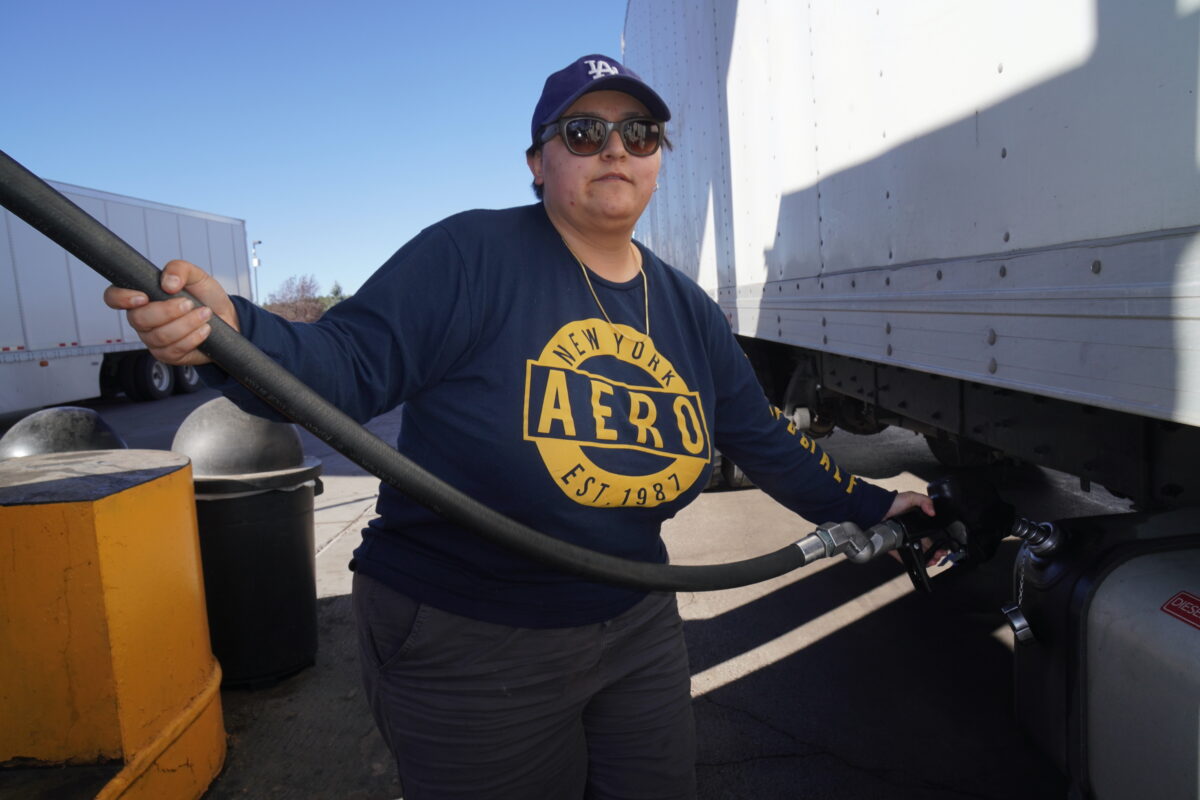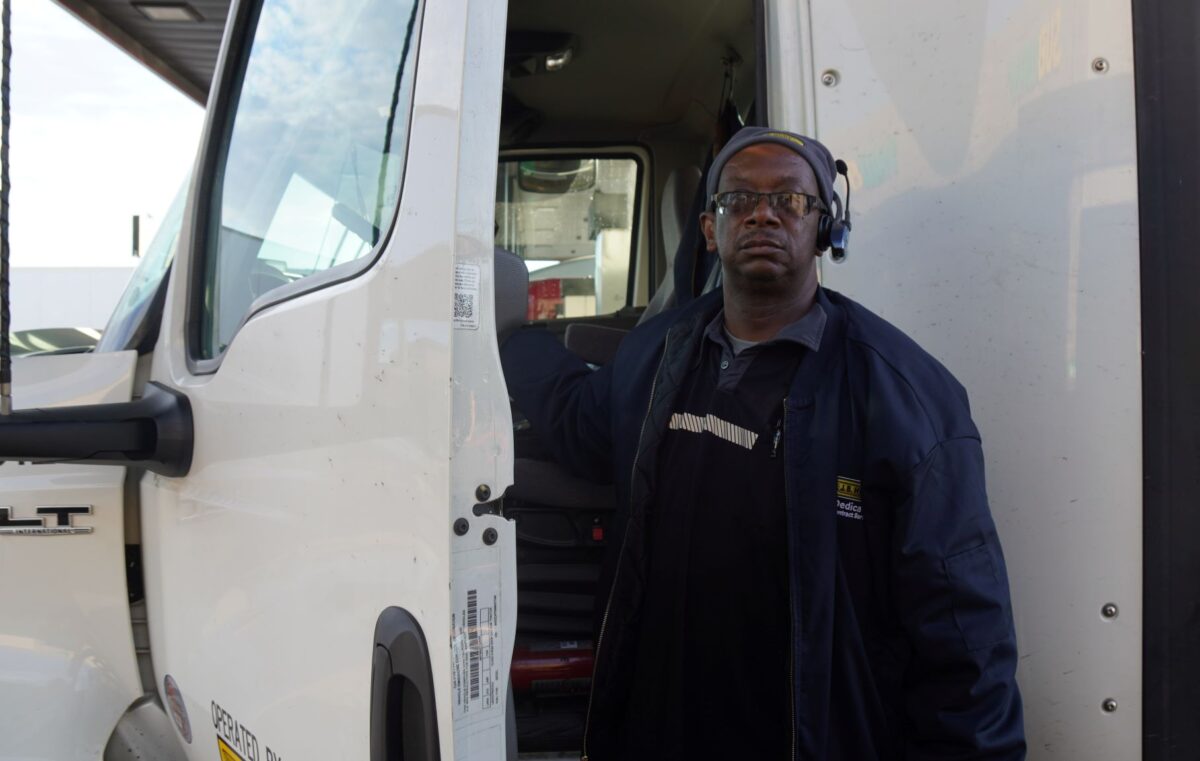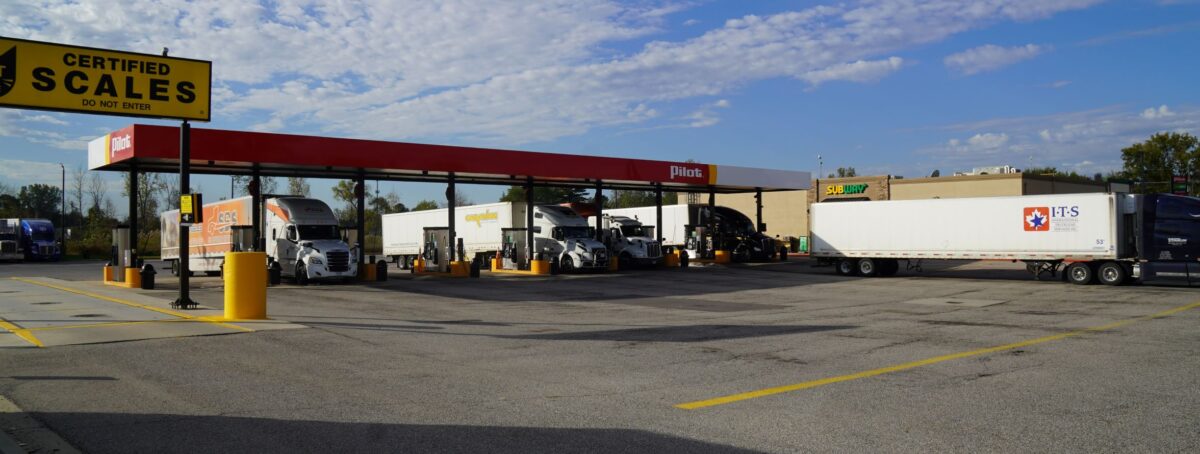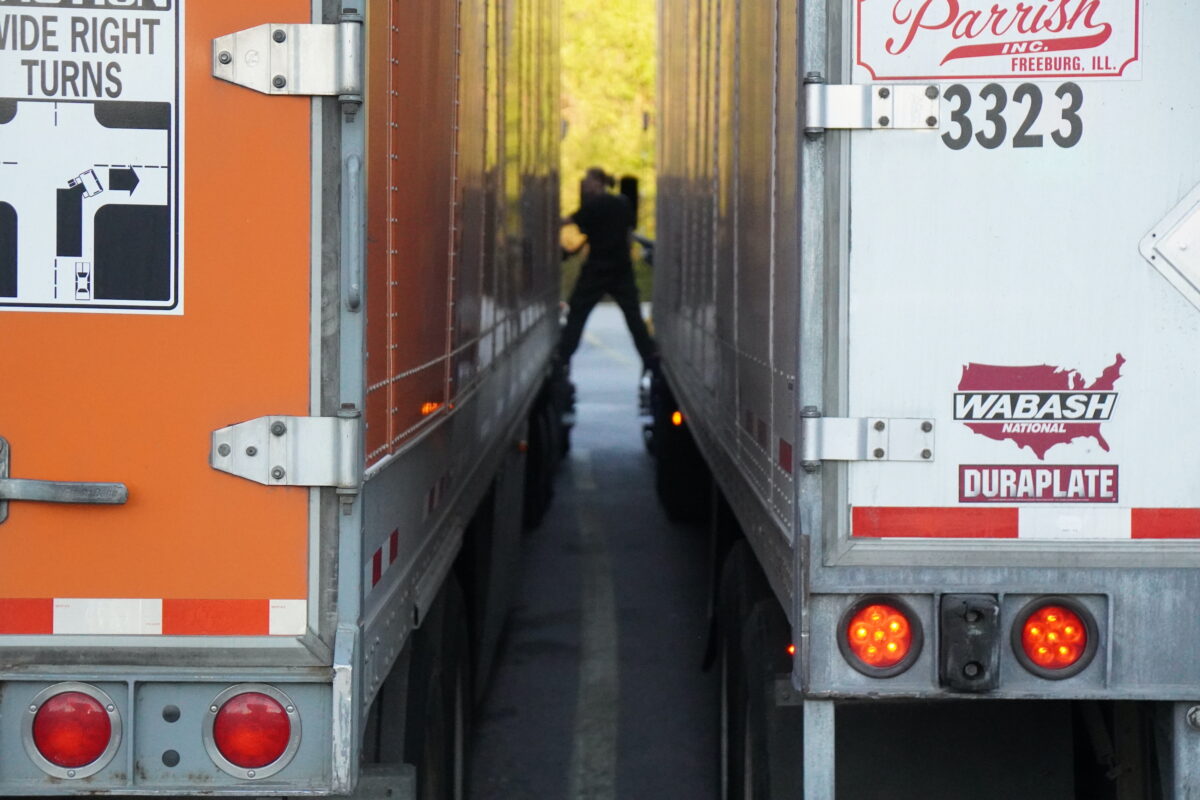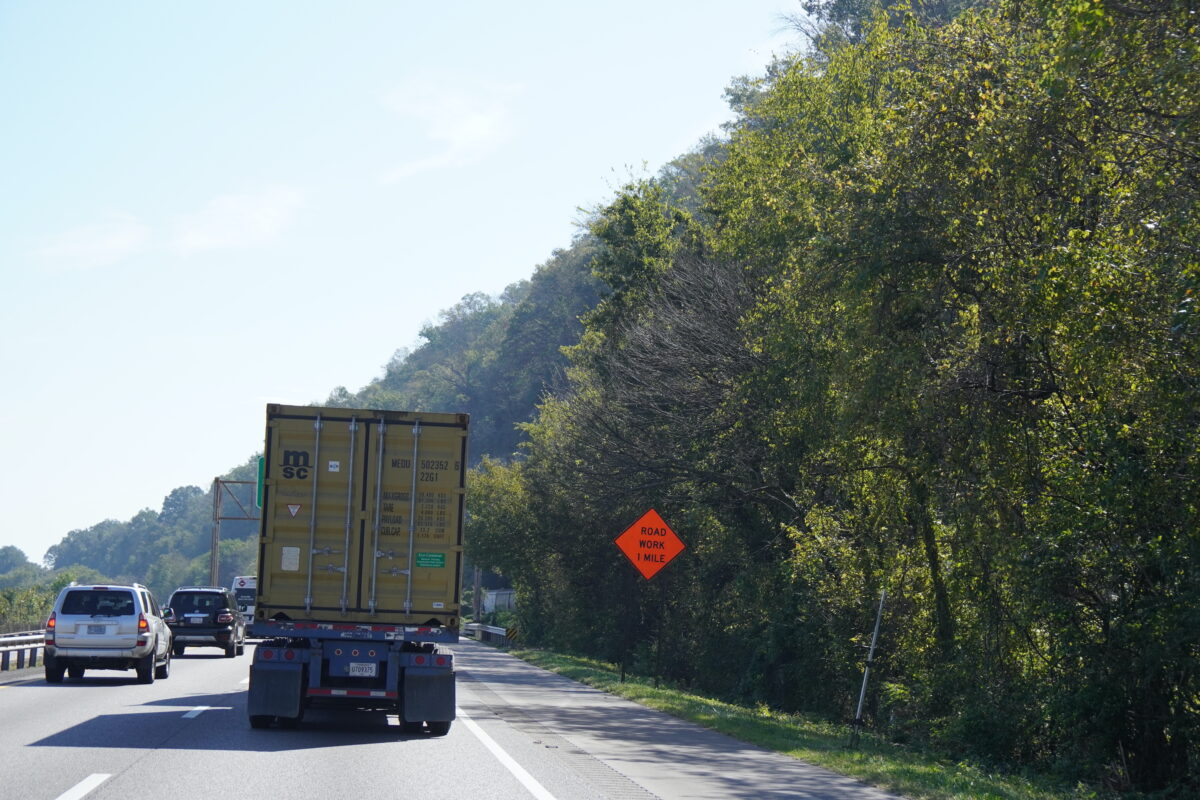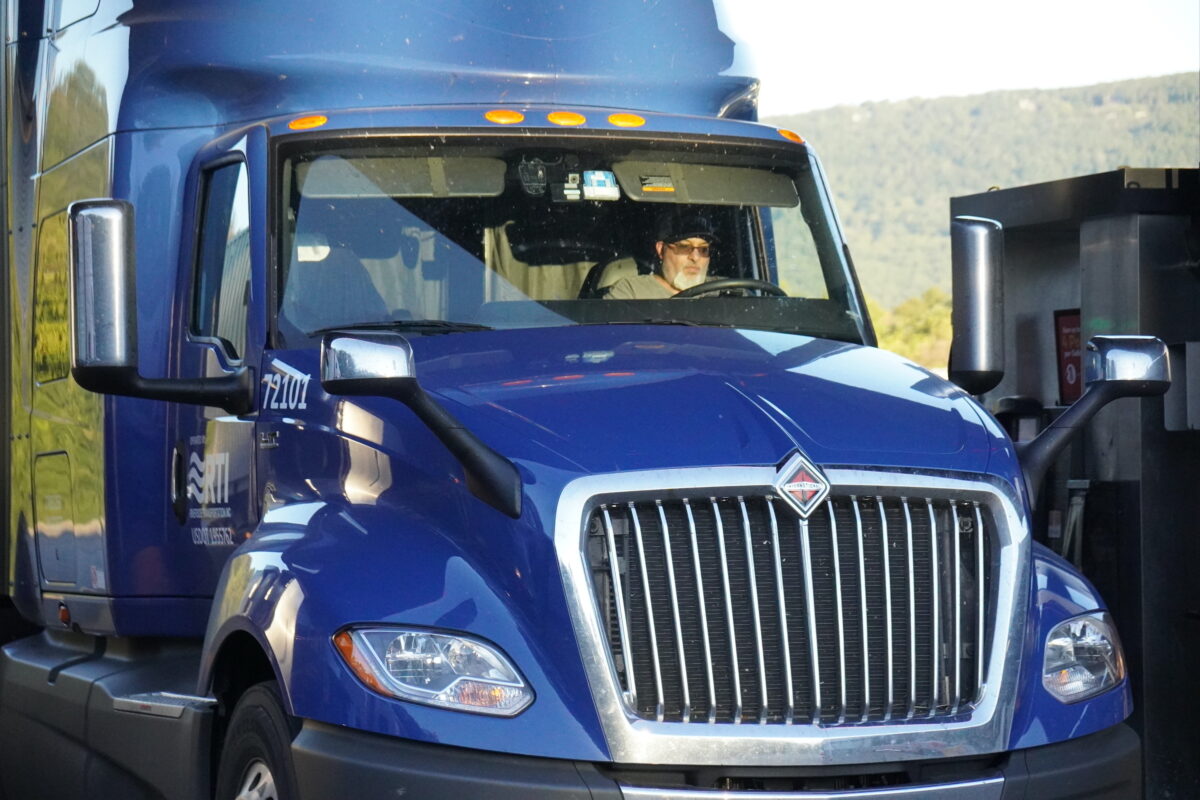America is at its weakest point in at least a century, and China, as well as the rest of the world, notices.
According to Russia’s Interfax news agency, Russian Foreign Minister Sergei Lavrov recently announced, “Just like the overwhelming majority of other countries, Russia views Taiwan as part of the People’s Republic of China. This is the premise we proceed from and will continue to proceed from in our policy.” At the time of this statement, Russian forces were conducting joint naval exercises with Chinese forces in the Pacific—culminating in a 10-ship joint formation sailing through Japan’s Tsugaru Strait on October 18.
This, following a series of unprecedented Chinese military aircraft incursions into Taiwan’s airspace, has rattled Taiwan and America’s other allies in the region, namely Japan, the Philippines, Vietnam, Brunei and Malaysia. During the first week of October, over 150 aircraft, including advanced SU-30 fighters and H-6 heavy bombers, flew into Taiwanese airspace. An unprecedented 56 tactical aircraft penetrated Taiwan’s airspace in a single 24-hour period on October 4, the highest single day total to date.
China has already taken control of multiple islands claimed by these allies in an effort to access vast oil and natural gas resources, as well as project its military power in the contested territorial waters of the South China Sea. China’s ongoing trade dispute with Australia has also ratcheted up tensions in the region.
The U.S. foreign policy establishment has rushed to assure Taiwan and its other allies that the United States intends to honor its regional security agreements. Of late, Joe Biden has publicly pledged to defend the Japanese Senkaku islands, which China claims as its territory.
The Wall Street Journal reported on October 7 that several small U.S. Special Forces and Marine Corps detachments have been quietly training Taiwanese special military units to bolster the island nation’s defensive capabilities . . . a move which has all the appearances of an intentional U.S. tripwire in Taiwan.
Recent Pentagon estimates have warned that China could retake control of Taiwan by force as early as 2027, but current events suggest a much shorter timeline. Much of America’s foreign policy establishment is convinced that China wouldn’t put at risk the 2022 Beijing Olympics scheduled for February, and that it fears the international sanctions and pariah status that would likely result if China invaded Taiwan.
The problem with this analysis is that it is based on a Western worldview, which is to say one that does not account for actual Chinese interests. There is no guarantee that China is using the same equation or making the same calculations that western diplomats and intelligence agencies are making vis à vis Taiwan, or for that matter, the geopolitical status quo in the Pacific.
Imbalances in Power and Reality
Among nations, the most dangerous situations occur when there is a perceived imbalance of power among global or regional competitors. In the case of the Pacific region, that imbalance is beginning to come into focus. China recently shocked western intelligence agencies by reportedly testing a nuclear-capable hypersonic glide weapon that made a complete circle around the planet before descending onto its target. Hypersonic weapons travel between five and 20 times the speed of sound and are difficult to defend against. They are considered a game-changing strategic capability. The United States has yet to field a functional hypersonic weapons platform.
China is a growing regional power with superpower ambitions. It has enormous financial, industrial, and military capability. Though it has experienced certain growing pains in energy production, infrastructure quality control, and corruption—see the latest Evergrande financial catastrophe—these are minor blemishes on a powerful and dangerous communist regime with global aspirations. To date, the Biden Administration thinks we are holding China in check. Nothing, however, could be further from the truth.
Thanks to past U.S. economic and domestic policies, we allowed our manufacturing base to be exported to China. While offshoring American jobs to cheaper labor in China was good for U.S. multinational corporations, it resulted in China effectively capturing the bulk of American industrial capacity for consumer goods. This gives China immense leverage within the U.S. economy.
Look now at the supply disruptions spreading across the United States, which result in no small part from our inability to offload Chinese consumer goods at West Coast ports. Consider how U.S. sanctions against China might create an even greater disruption in the supply of goods that the U.S. no longer has the ability to produce. This dynamic gives China considerable sway with a U.S. political donor class that derives its wealth from Chinese industrial capacity. It makes the idea that the Biden Administration would have the will to impose crippling U.S. sanctions as a check against a Chinese invasion of Taiwan unrealistic.
In contrast to China’s relative position of strength, the world has watched as America lost two wars in our failed Global War on Terror. Our withdrawal from Afghanistan was exceptionally humiliating, not just to America, but also to our allies. It was so bad, the UK parliament held Biden in contempt for his mishandling of the withdrawal. Americans swallowed hard when it was revealed that the U.S. general in charge of the evacuation asked the British SAS commander to stop conducting rescue missions to retrieve UK citizens because it was embarrassing the airport-bound U.S. military. We went on to leave thousands of U.S. citizens behind in Afghanistan with only a shrug of Joe Biden’s shoulders.
Today, the United States is a deeply divided nation on the brink of open internal conflict. The Biden Administration is gleefully running down a list of ill-conceived policies that historically have resulted in civil unrest and rebellion. Oblivious to its own incompetence or the concerns of working-class America, it has labeled half the population domestic extremists, including parents angry that their children are being indoctrinated into woke-Marxist ideology. Just this past week, Biden’s national approval rating hit 38 percent and is dropping rapidly. It’s no secret that he appears to be suffering from cognitive decline and who, exactly, is running the country has yet to be revealed. America is at its weakest point in at least a century, and China, as well as the rest of the world, notices.
It’s All in the Strategy
With regard to a China-Taiwan conflict, the danger to America does not necessarily come from what happens to Taiwan. The danger comes from how radically the geopolitical status quo in the Pacific might change should China retake Taiwan by force in the face of U.S. opposition—or lack of opposition.
If the United States opposes China and fails to stop its move against Taiwan, then we will have shown ourselves incapable of fulfilling our security agreements in the Pacific. If the United States demurs and abandons Taiwan to the Chinese, then we will have shown that our security agreements are not worth the paper on which they are printed. Either way, this likely results in the restructuring of alliances in the Pacific away from an impotent or feckless United States to accommodate the new global hegemon—China. The second and third order effects of our losses in the Pacific would reverberate across Europe, particularly in areas threatened by an expansionist Russia . . . which has opportunistically positioned itself for just such a situation.
There are two paths China can take with the United States. The first is to allow the United States slowly to dissolve under its own weight and internal divisions—betting that this slide into irrelevance will be unrecoverable and permanent. The second path is to strike now at Taiwan, while the United States lacks coherent leadership and while its military is in disarray, thus taking advantage of what may not be a permanent U.S. state of weakness, and forcing a change in the status quo that cannot be recovered at a later date by a unified America under competent leadership with a strong, formidable military.
The calculation that China is making right now is based on its assessment of how weak the United States is at the moment. Diplomatic condemnation, impotent threats of U.S. sanctions, and saber rattling by the United States and its allies is a tiny variable . . . if it is one at all. For China, forced repatriation of Taiwan is an ultimate prize which plays to their domestic audience, demonstrates their hyperpower status, and simultaneously sets the long-term conditions for that status by making its sole competitor irrelevant on the world stage.
In military parlance, the term surprise has two subsets: tactical and strategic. Tactical surprise is a show of force raid on a terrorist compound, an ambush, or an operation like the Japanese attack on Pearl Harbor. Conversely, strategic surprise is the slow-motion employment of the elements of national power in a manner and at a time which preclude one’s enemy from being able to counter one’s overall objective. Defeating an enemy which has achieved strategic surprise is the equivalent of completing a 60-yard Hail Mary pass with three seconds left on the clock. It takes vision, courage, and some element of error on your enemy’s part.
The United States is facing the fast approaching predicament of our adversary achieving strategic surprise in the Pacific. We are reaching the point where, should China attempt to take Taiwan by force, the outcome will not be in our favor, no matter what we do. We are on the horns of a dilemma from which the only salvation was to have taken actions years ago, when we were not clever enough to be paying attention. Thus, we will need to complete that Hail Mary pass. Now our options are limited—fight and maneuver in whatever manner is required to win, or submit and suffer all that comes with being a has-been power under the heel of a Chinese superpower.






